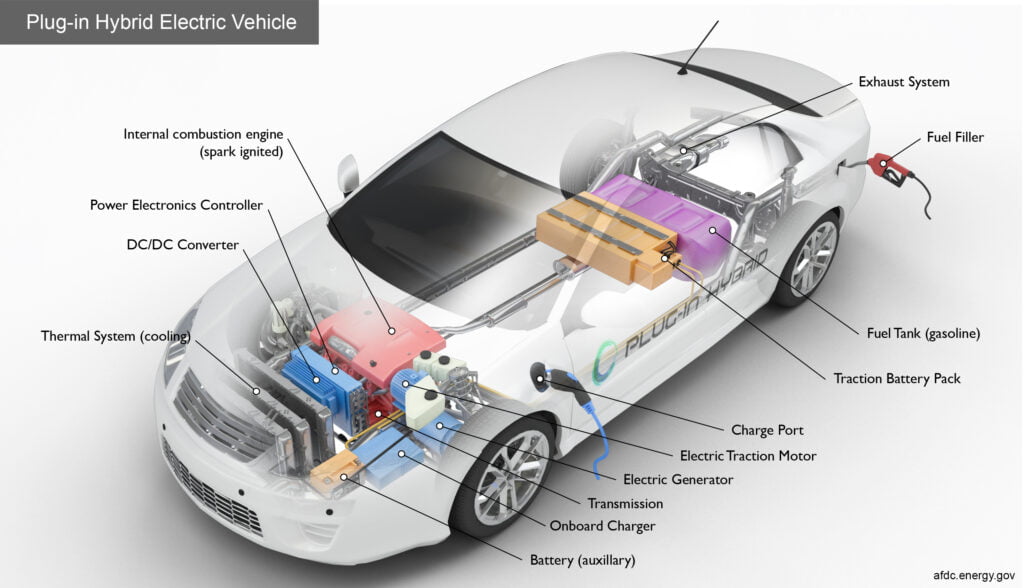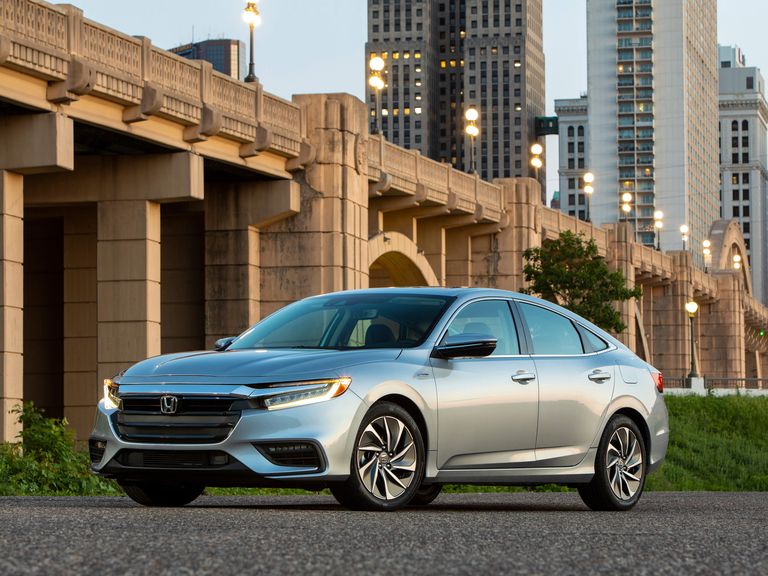Can You Charge an Electric Car With a Generator: Explained
Yes, it is possible to charge an electric car with a generator, but it can be complicated. While electric cars are primarily designed to be charged through electrical outlets, using a generator or backup battery can provide a temporary solution when the grid is down or unavailable. This allows you to continue driving without having to wait for the grid to be restored. However, it is important to note that the practicality of using a generator to charge an electric car depends on the specific circumstances and resources available. Why Electric Cars And Generators Are A Topic Of Interest Electric cars and generators have become a popular topic of interest as people are exploring alternative ways to charge their electric vehicles. Many wonder if they can charge an electric car with a generator, and while it is possible, it can be a complicated process. Can You Charge an Electric Car With a Generator ### Why electric cars and generators are a topic of interest Electric cars have gained significant popularity in recent years due to their numerous advantages, such as reduced emissions and lower operating costs. However, one concern that often arises is the availability of charging infrastructure, particularly in areas with limited access to public charging stations. This is where generators come into play as an alternative charging option for electric car owners. ### The rise in popularity of electric cars Electric cars are becoming increasingly popular as more people recognize the environmental and economic benefits they offer. With zero tailpipe emissions, electric cars contribute to a cleaner and greener environment, helping combat air pollution and climate change. Additionally, the lower cost of electricity compared to gasoline ensures significant savings in fuel expenses over time. As a result, the demand for electric cars continues to grow, prompting the need for reliable and accessible charging solutions. ### The need for alternative charging options While electric cars are typically charged through electrical outlets, the availability of charging stations can be a challenge in certain areas. Furthermore, unforeseen power outages or emergencies can temporarily render traditional charging methods ineffective. This is where generators come in handy. Generators are portable power sources that can be used to convert fuel, such as gasoline or propane, into electricity. They provide a convenient way to charge electric cars when access to the power grid is limited or nonexistent. By connecting an electric car to a generator, owners can ensure their vehicles remain charged and ready to use, regardless of the circumstances. It’s important to note that not all generators are suitable for charging electric cars. To effectively charge an electric car, you need a generator with sufficient power output and the ability to provide a stable electrical supply. It’s recommended to consult the manufacturer’s guidelines or seek professional advice to ensure compatibility. In summary, the rise in popularity of electric cars has heightened the need for alternative charging options, including the use of generators. While electric cars are primarily charged through electrical outlets, generators provide a reliable solution when access to the power grid is limited or during power outages. With the right generator, electric car owners can ensure their vehicles remain charged and ready to hit the road whenever needed. Understanding The Basics Of Electric Car Charging Electric cars are becoming increasingly popular due to their eco-friendly nature and lower operating costs. One of the main concerns for potential electric car owners is how to charge their vehicle. While most electric cars are designed to be charged through electrical outlets, you might be wondering if it’s possible to charge them using a generator. In this article, we will explore the different types of electric car charging options and discuss the pros and cons of each. Different Types Of Electric Car Charging Options There are three main types of electric car charging options: Level 1 Charging Level 2 Charging DC Fast Charging Let’s take a closer look at each of these options and how they differ in terms of charging speed and convenience. Pros And Cons Of Each Charging Option Level 1 Charging Level 1 charging is the most basic and slowest method of charging your electric car. It involves using a standard household electrical outlet to plug in your vehicle. This charging option is convenient because you can use any standard outlet, but it’s also the slowest, typically charging at a rate of 2-5 miles of range per hour. Level 1 charging is best suited for overnight charging or when you have plenty of time. Level 2 Charging Level 2 charging provides a faster and more efficient charging experience compared to level 1 charging. It requires the installation of a dedicated charging station, also known as an Electric Vehicle Service Equipment (EVSE), which operates at a higher voltage (240 volts) than a standard household outlet. Level 2 chargers can charge an electric car at a rate of 10-60 miles of range per hour, depending on the charging equipment and the vehicle’s charging capabilities. This option is ideal for charging at home or at workplaces with EV charging stations. DC Fast Charging DC fast charging, also known as level 3 charging, is the fastest method of charging an electric car. It utilizes a high-powered charging station, capable of delivering electricity directly from the electrical grid to the vehicle’s battery. DC fast chargers can charge an electric car up to 80% in as little as 30 minutes, making it a convenient option for long-distance travel and quick pit stops during road trips. However, it’s important to note that not all electric cars are compatible with DC fast chargers. In conclusion, understanding the basics of electric car charging is essential for electric car owners. While it is possible to charge your electric car using a generator, it’s important to consider the type of charging option that best suits your needs. Level 1 charging is the slowest but most convenient, level 2 charging provides a faster charging experience, and DC fast charging offers the quickest charge times. Choose
Can You Charge an Electric Car With a Generator: Explained Read More »




